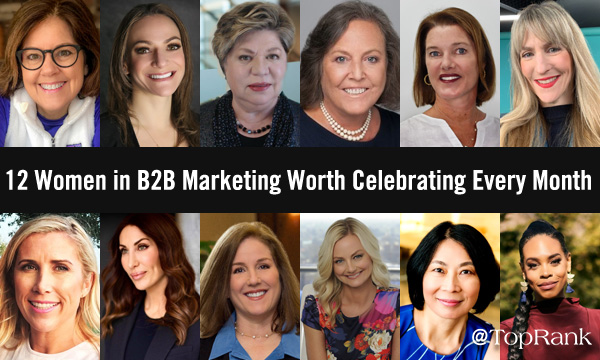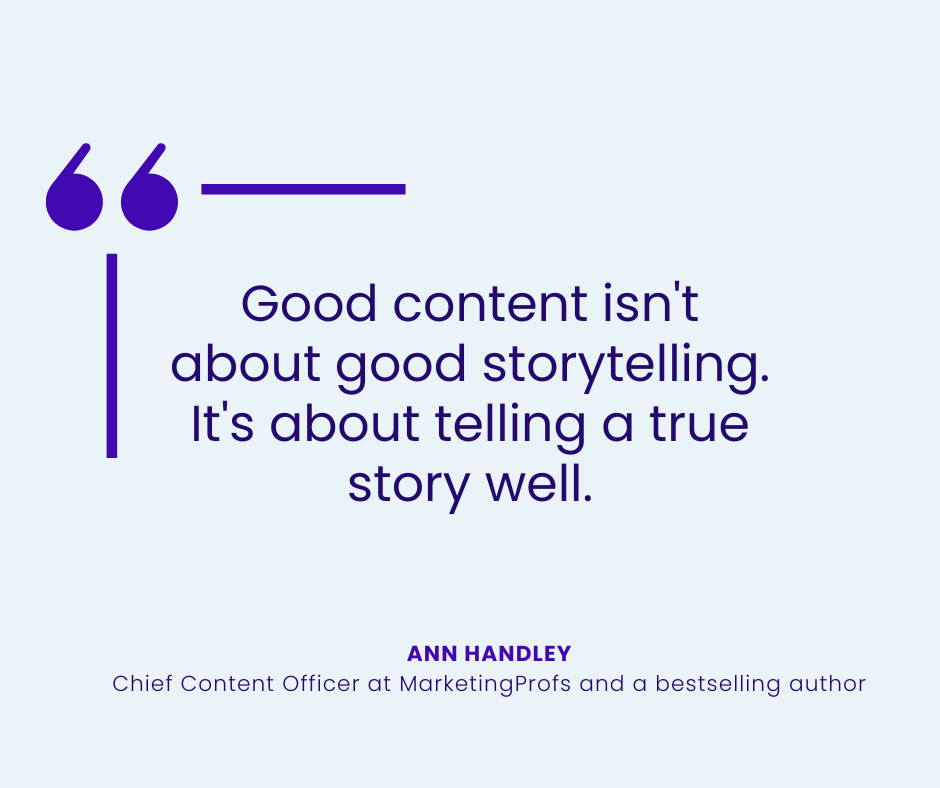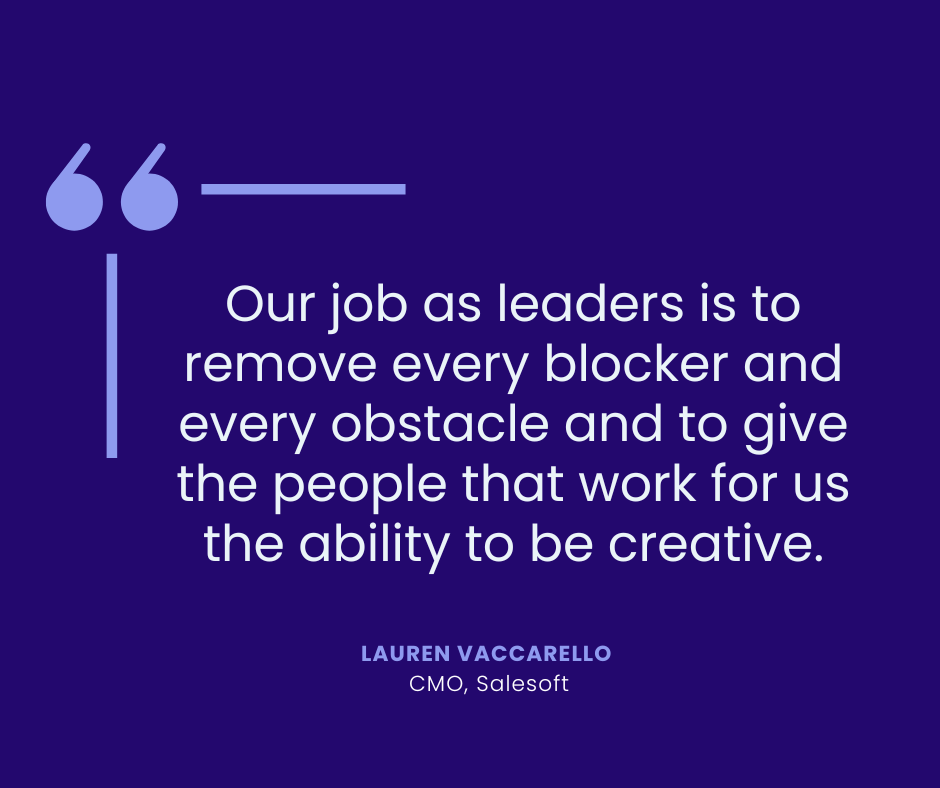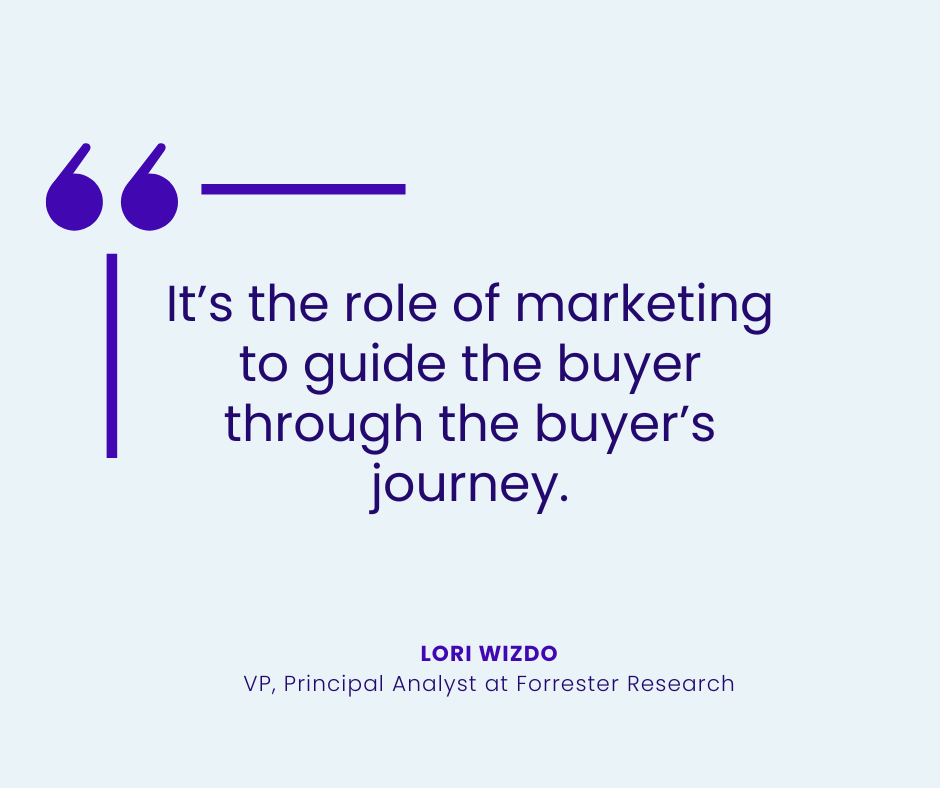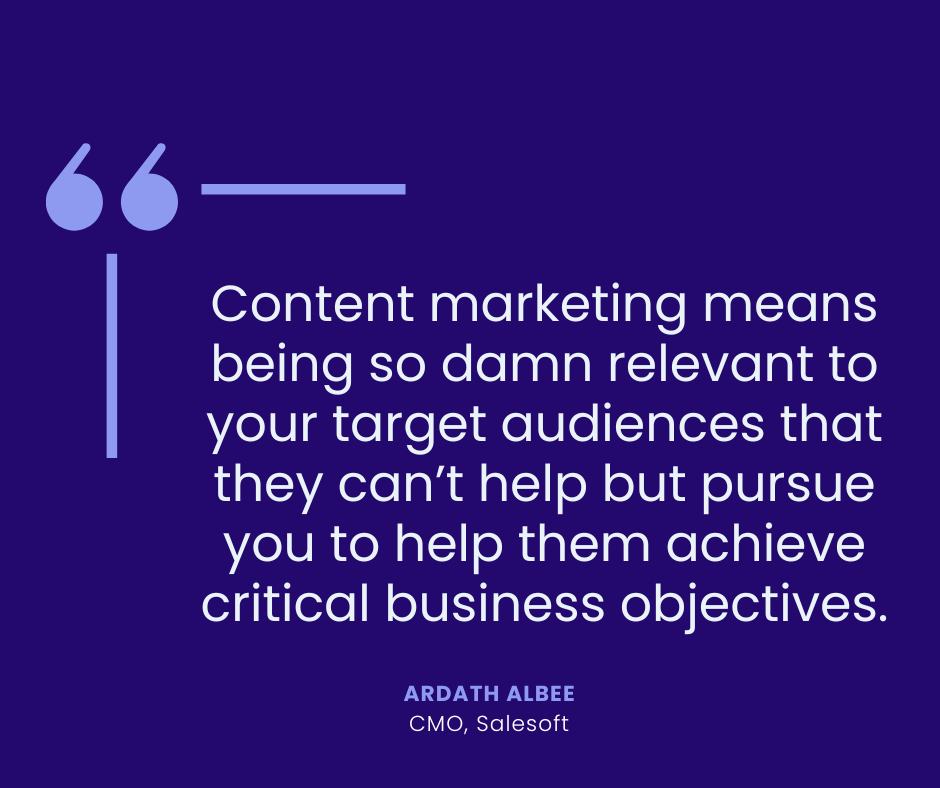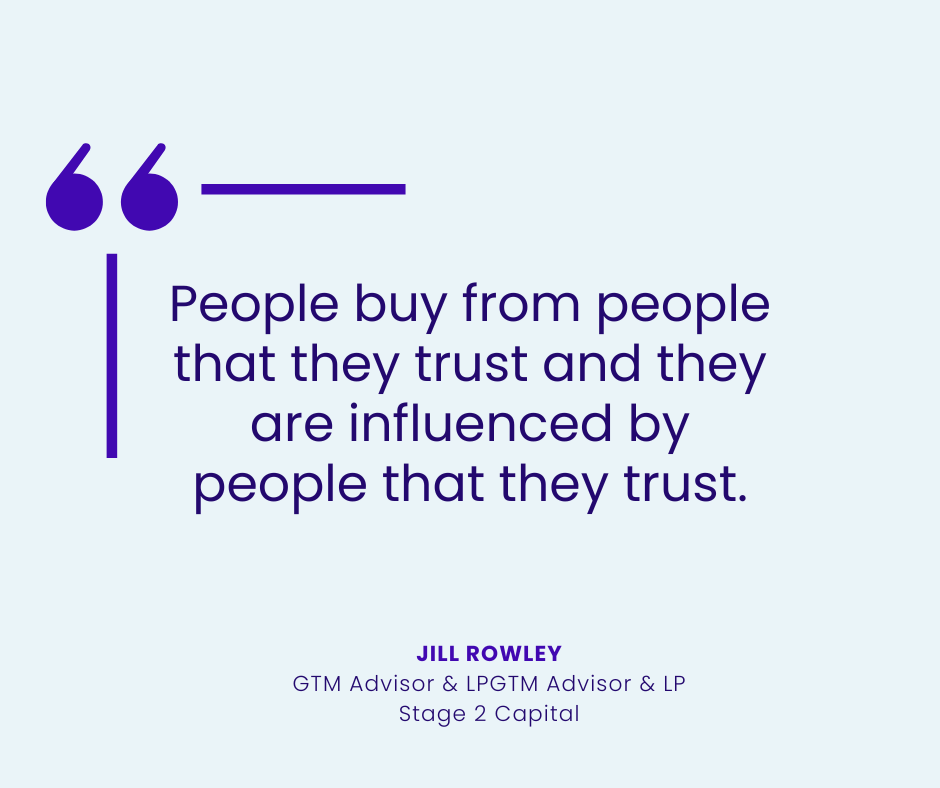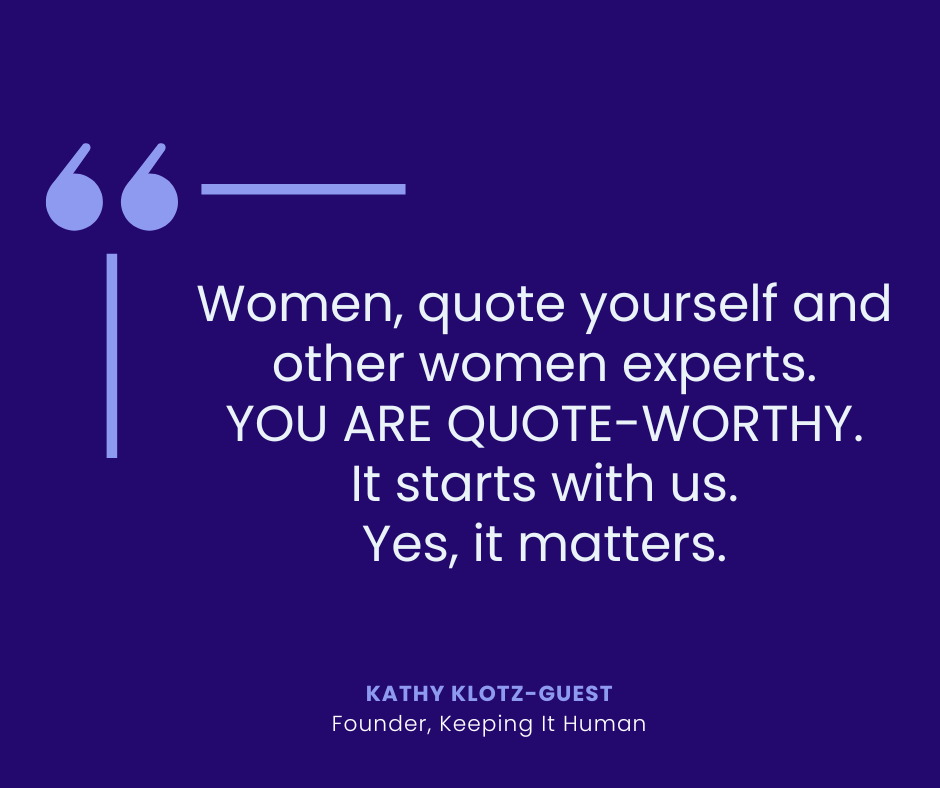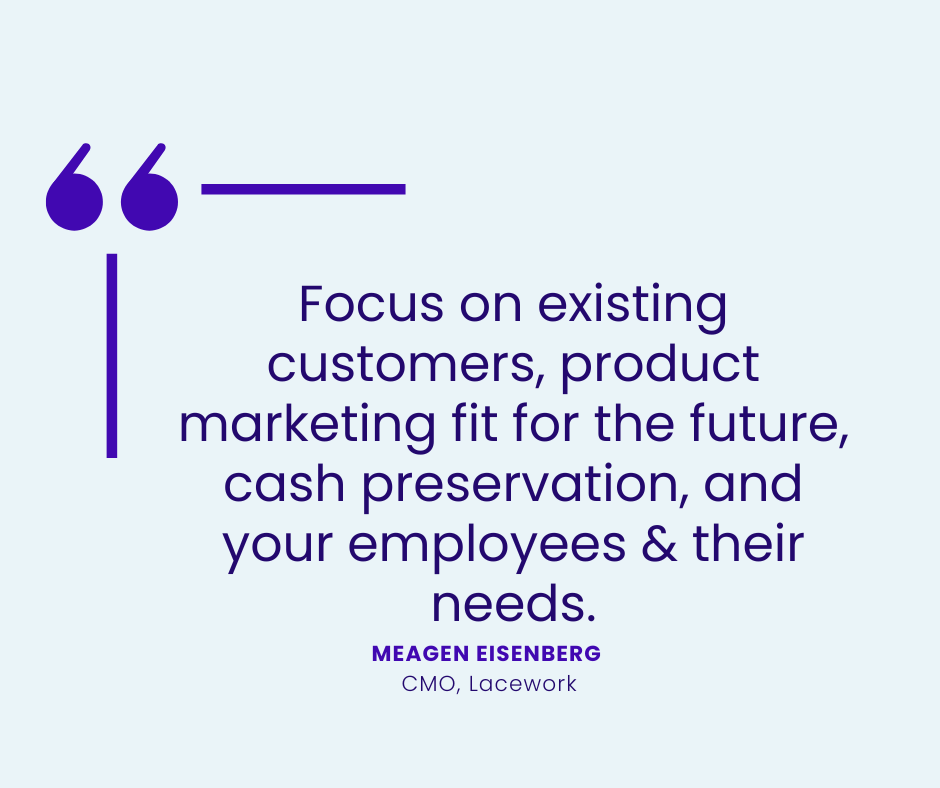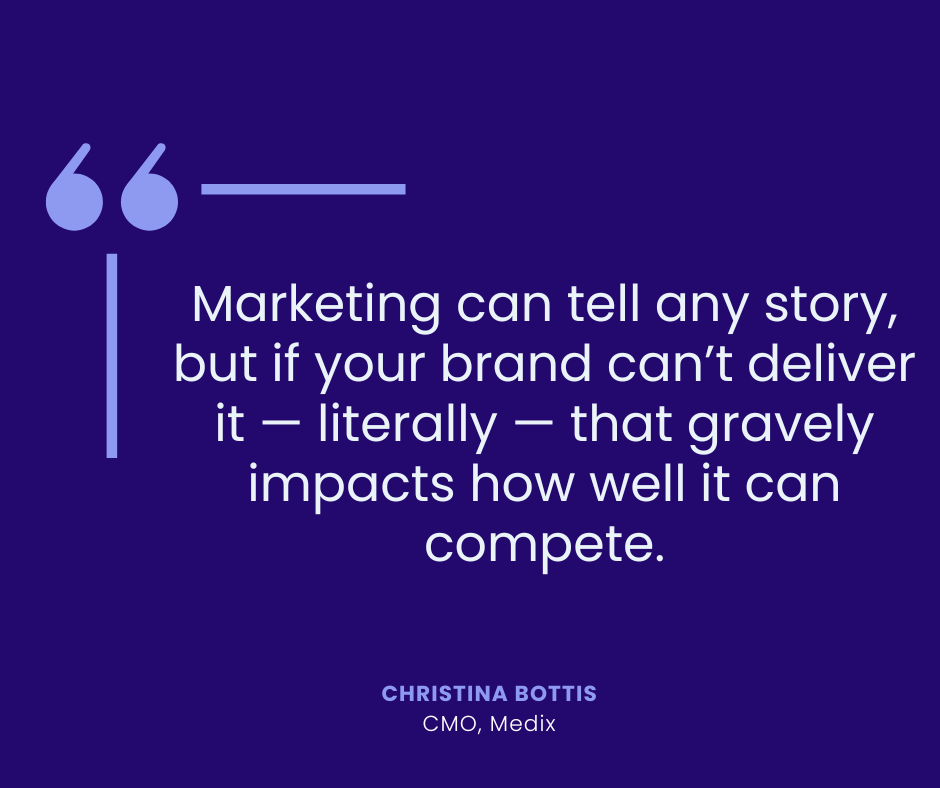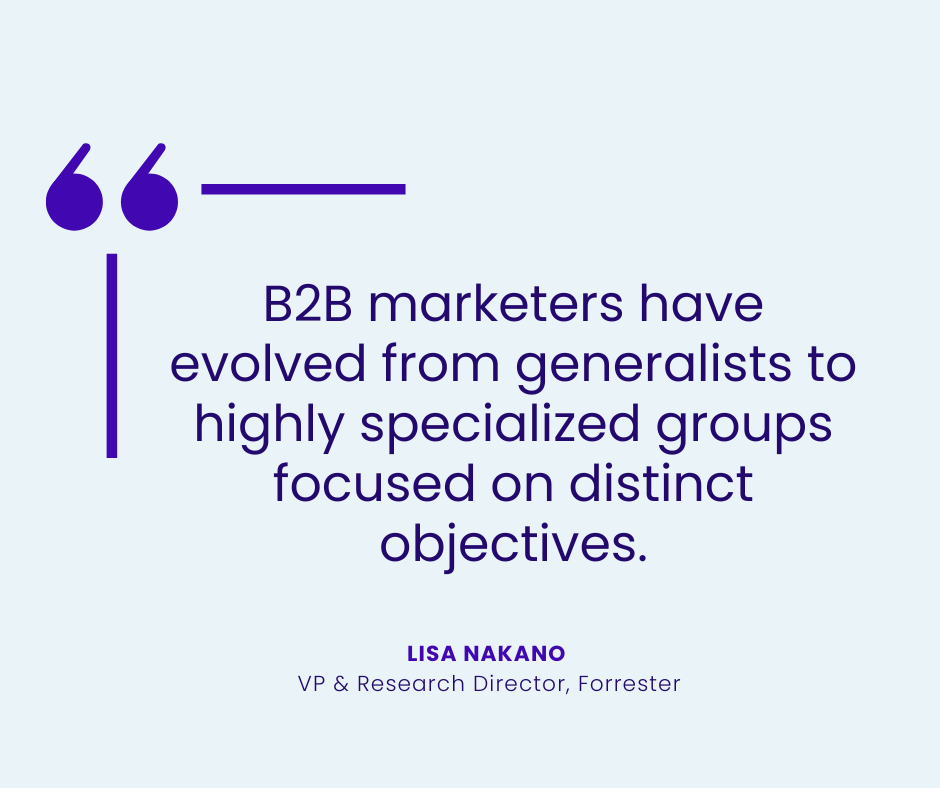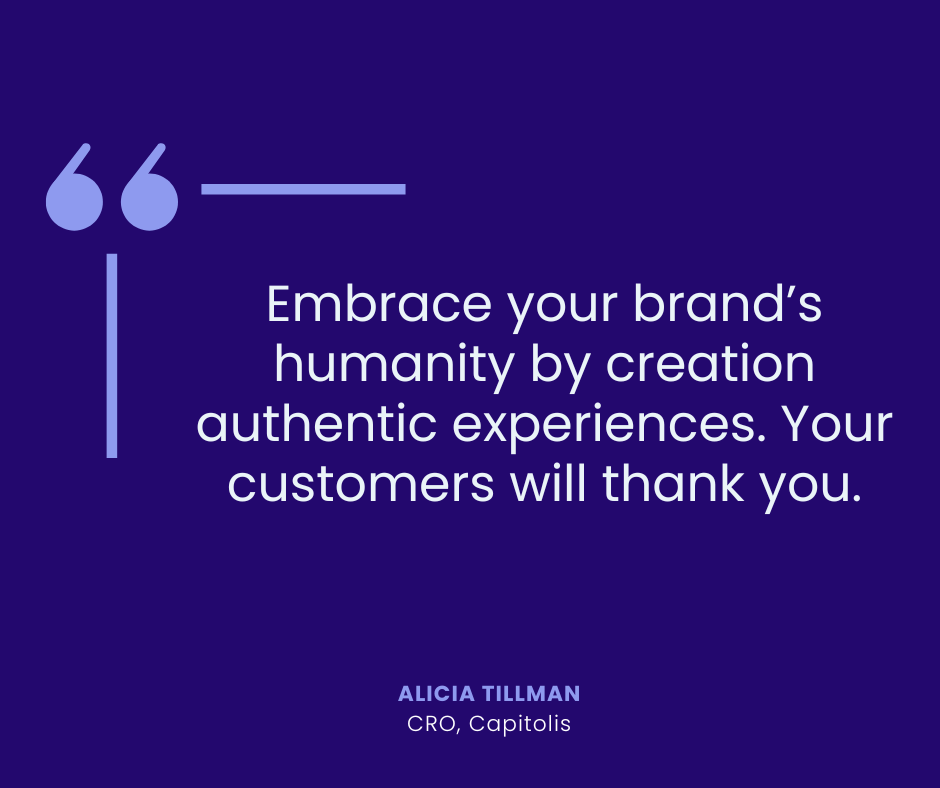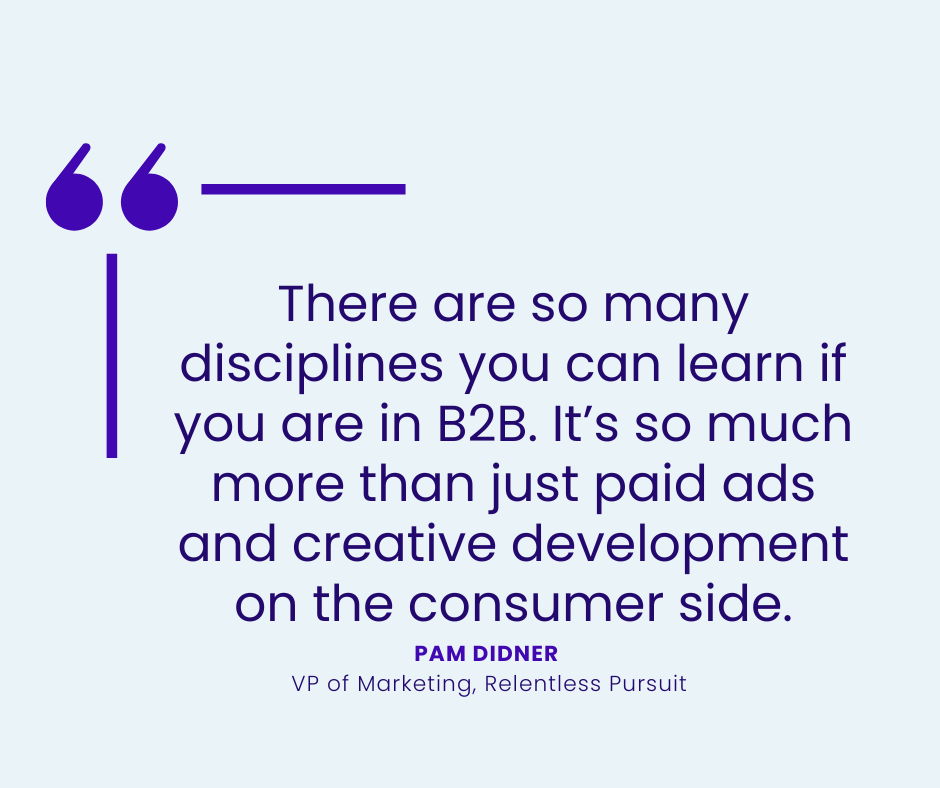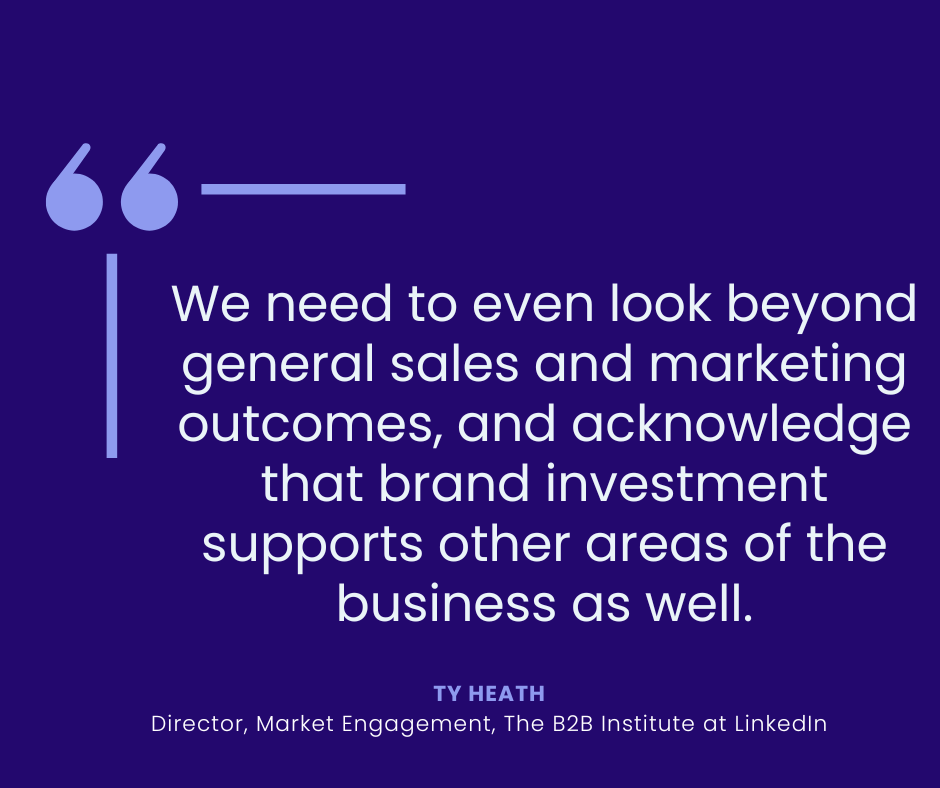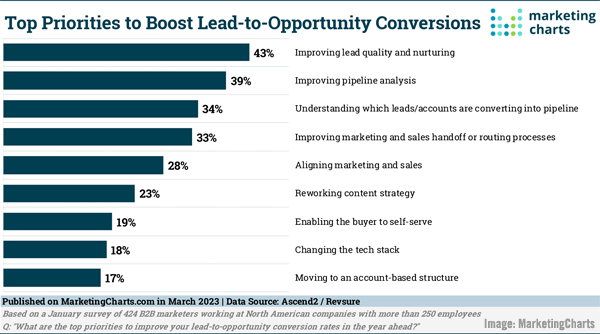
 B2B buyers want purchasing to be more social and entertaining 62 percent of B2B buyers have said that they would like more entertaining online purchasing processes, with 60 percent noting that they plan to increase their use of digital purchasing channels, while over 40 percent will abort an online buying process if it takes more than three seconds — three of numerous findings of interest to B2B marketers contained in newly-published survey data. Digital Commerce 360 B2B Sellers Should Include Financial Data In Emails, Not Sound Robotic: Study 81 percent of B2B sellers said that an understanding of a client's financial performance is important when it comes to engaging executives, while 72 percent reported greater success when such financial data was used, according to recently-released B2B seller survey data. MediaPost Elon Musk and others urge AI pause, citing 'risks to society' A six month development pause on the most powerful new variants of generative artificial intelligence (AI) has been urged by over 1,000 AI industry experts — including Apple co-founder Steve Wozniak — in an open letter from the non-profit Future of Life Institute, as the rapid pace of AI evolution has caused increasing concern across industry boundaries. Reuters Google Announces The Ads Transparency Center And 2022 Ads Safety Report Search giant Google is launching new advertising transparency data and tools with the global rollout of a new Ads Transparency Center — combining ad data from its Google Search, Display, and YouTube platforms — along with new insights from its most recent Ads Safety Report, Google recently announced. Search Engine Journal Remove Boredom and Frustration from Your Customer Journey Marketers who are able to recognize and overcome customer challenges relating to frustration and boredom along the purchasing path stand to connect with customers on new emotional levels, and the Harvard Business Review takes a look at the power of making new things familiar and familiar things new. Harvard Business Review Digital Not Immune From Current Ad Recession, Falls 2% YTD Overall U.S. advertising spending fell by 6.9 percent during January and February 2023, however the digital segment recorded a decline of just two percent, as digital's share of overall ad spending climbed to 59 percent, according to newly-published Standard Media Index data. MediaPost
B2B buyers want purchasing to be more social and entertaining 62 percent of B2B buyers have said that they would like more entertaining online purchasing processes, with 60 percent noting that they plan to increase their use of digital purchasing channels, while over 40 percent will abort an online buying process if it takes more than three seconds — three of numerous findings of interest to B2B marketers contained in newly-published survey data. Digital Commerce 360 B2B Sellers Should Include Financial Data In Emails, Not Sound Robotic: Study 81 percent of B2B sellers said that an understanding of a client's financial performance is important when it comes to engaging executives, while 72 percent reported greater success when such financial data was used, according to recently-released B2B seller survey data. MediaPost Elon Musk and others urge AI pause, citing 'risks to society' A six month development pause on the most powerful new variants of generative artificial intelligence (AI) has been urged by over 1,000 AI industry experts — including Apple co-founder Steve Wozniak — in an open letter from the non-profit Future of Life Institute, as the rapid pace of AI evolution has caused increasing concern across industry boundaries. Reuters Google Announces The Ads Transparency Center And 2022 Ads Safety Report Search giant Google is launching new advertising transparency data and tools with the global rollout of a new Ads Transparency Center — combining ad data from its Google Search, Display, and YouTube platforms — along with new insights from its most recent Ads Safety Report, Google recently announced. Search Engine Journal Remove Boredom and Frustration from Your Customer Journey Marketers who are able to recognize and overcome customer challenges relating to frustration and boredom along the purchasing path stand to connect with customers on new emotional levels, and the Harvard Business Review takes a look at the power of making new things familiar and familiar things new. Harvard Business Review Digital Not Immune From Current Ad Recession, Falls 2% YTD Overall U.S. advertising spending fell by 6.9 percent during January and February 2023, however the digital segment recorded a decline of just two percent, as digital's share of overall ad spending climbed to 59 percent, according to newly-published Standard Media Index data. MediaPost 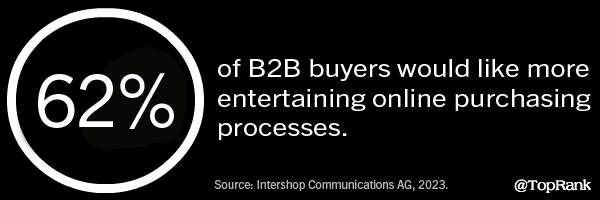 Is AI the Future of Video Creation? We Asked Wistia's Head of Production AI has seen growing use within video creation, as content creators look to increase efficiency and tap into a new realm of creativity made possible by the nascent technology, and HubSpot recently explored how Wistia's head of production has implemented an AI workflow in the video creation process. HubSpot [bctt tweet="“AI is opening the door to new ideas, new executions, and new visuals that I may not have come up with on my own. It's expanding my creative palette, not just saving me time.” — Chris Lavigne @crlvideo" username="toprank"] Five new ways to verify info with Google Search Google has published new details about its updated “About this result” and other digital information verification tools, as the search giant seeks to bolster its digital fact-checking features and to help pinpoint contextual information gaps and increase information literacy, Google recently announced. Google Zoom is adding new features to compete with Slack, Calendly, Google and Microsoft Zoom has begun rolling out an array of new and updated features, including meeting summaries fueled by AI, whiteboard generation, and Zoom IQ for Sales which offers video call sales data, among other new functionality, Zoom announced recently. TechCrunch To Boost Conversion Rates, B2B Marketers Look to Better Understand Their Pipelines 43 percent of U.S. B2B marketers have said that improving the quality of the leads they gather and the nurturing they perform is a top priority when it comes to increasing conversion rates, with 39 percent pointing to improved pipeline analysis, and 34 percent who pinpointed better having a better understanding of which leads convert in their organization's pipeline — some of the findings included in newly-published survey data of interest to B2B marketers. MarketingCharts ON THE LIGHTER SIDE:
Is AI the Future of Video Creation? We Asked Wistia's Head of Production AI has seen growing use within video creation, as content creators look to increase efficiency and tap into a new realm of creativity made possible by the nascent technology, and HubSpot recently explored how Wistia's head of production has implemented an AI workflow in the video creation process. HubSpot [bctt tweet="“AI is opening the door to new ideas, new executions, and new visuals that I may not have come up with on my own. It's expanding my creative palette, not just saving me time.” — Chris Lavigne @crlvideo" username="toprank"] Five new ways to verify info with Google Search Google has published new details about its updated “About this result” and other digital information verification tools, as the search giant seeks to bolster its digital fact-checking features and to help pinpoint contextual information gaps and increase information literacy, Google recently announced. Google Zoom is adding new features to compete with Slack, Calendly, Google and Microsoft Zoom has begun rolling out an array of new and updated features, including meeting summaries fueled by AI, whiteboard generation, and Zoom IQ for Sales which offers video call sales data, among other new functionality, Zoom announced recently. TechCrunch To Boost Conversion Rates, B2B Marketers Look to Better Understand Their Pipelines 43 percent of U.S. B2B marketers have said that improving the quality of the leads they gather and the nurturing they perform is a top priority when it comes to increasing conversion rates, with 39 percent pointing to improved pipeline analysis, and 34 percent who pinpointed better having a better understanding of which leads convert in their organization's pipeline — some of the findings included in newly-published survey data of interest to B2B marketers. MarketingCharts ON THE LIGHTER SIDE: 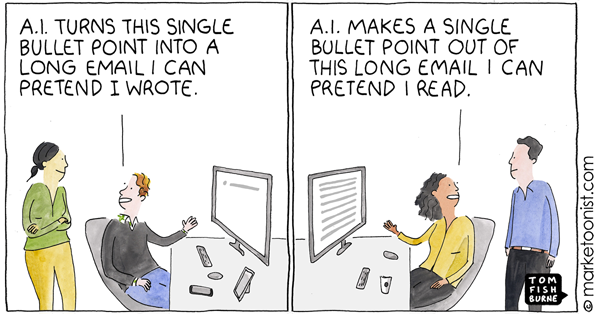 A lighthearted look at “AI Written, AI Read” by Marketoonist Tom Fishburne — Marketoonist Two Hearted IPA’s new campaign celebrates its utter disdain for what’s trending — Ad Age TOPRANK MARKETING & CLIENTS IN THE NEWS:
A lighthearted look at “AI Written, AI Read” by Marketoonist Tom Fishburne — Marketoonist Two Hearted IPA’s new campaign celebrates its utter disdain for what’s trending — Ad Age TOPRANK MARKETING & CLIENTS IN THE NEWS:
- Lane R. Ellis — This Week in Marketing: Spring Cleaning for Marketing Strategies — LinkedIn (client)
- TopRank Marketing — Manufacturing Best Practices for Influencer Marketing — Industry Today
The post Elevate B2B Marketing News: B2B Pipeline Study, AI’s Rising Video Use, Google’s New Verification Tools, & What B2B Buyers Want appeared first on B2B Marketing Blog - TopRank®.
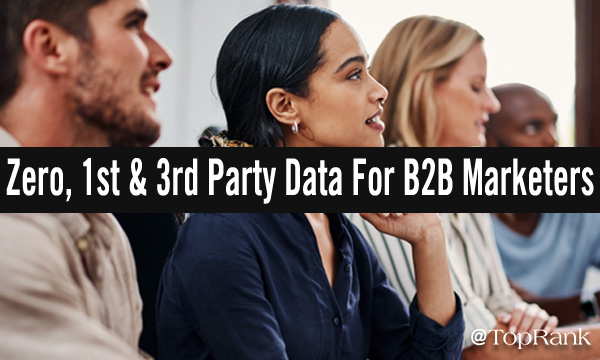
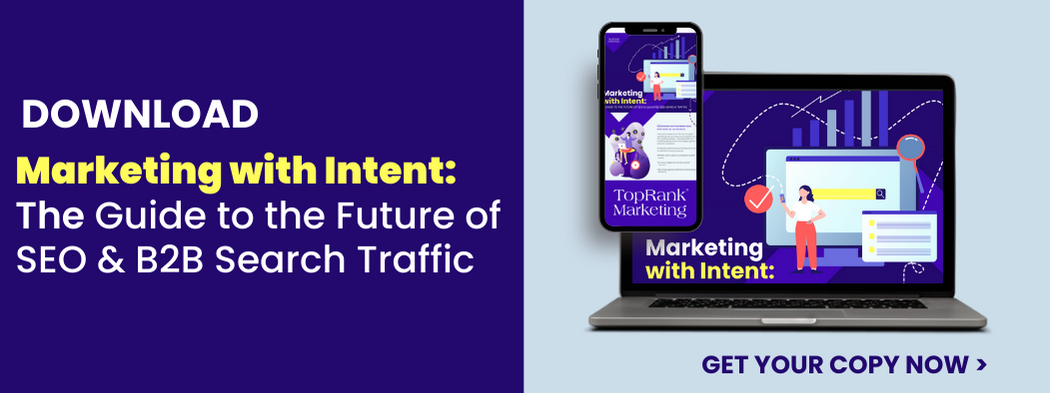
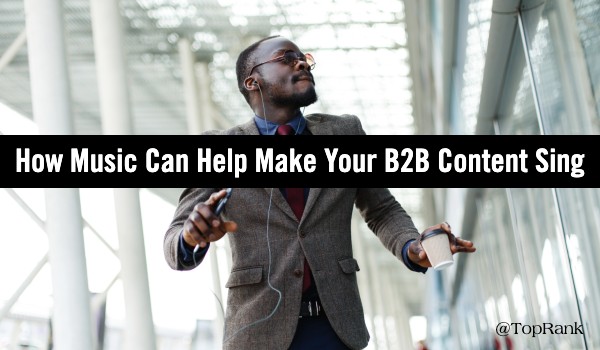
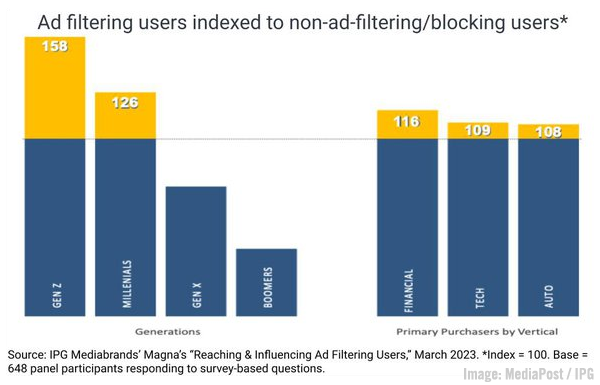
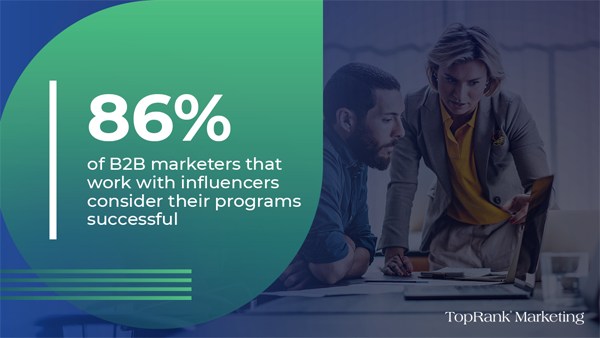 YouTube Adds Podcast Analytics, New Hashtag Recommendations for Long-Form Clips Google’s YouTube has added an array of new options for creating and managing podcasts on the video platform — an area that has seen continued growth — among other updates including suggested hashtags for long-form video content, YouTube announced recently.
YouTube Adds Podcast Analytics, New Hashtag Recommendations for Long-Form Clips Google’s YouTube has added an array of new options for creating and managing podcasts on the video platform — an area that has seen continued growth — among other updates including suggested hashtags for long-form video content, YouTube announced recently. 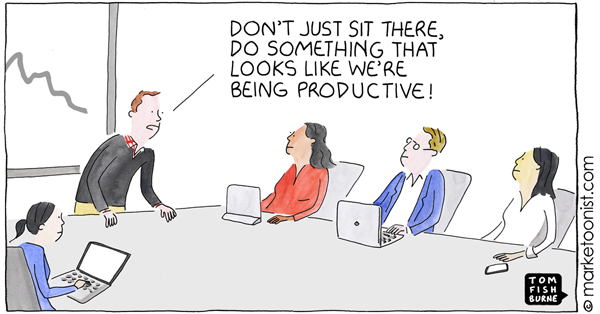 A lighthearted look at “Do Something” by Marketoonist Tom Fishburne —
A lighthearted look at “Do Something” by Marketoonist Tom Fishburne — 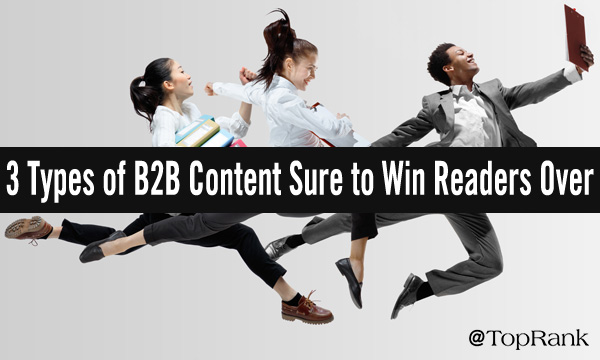
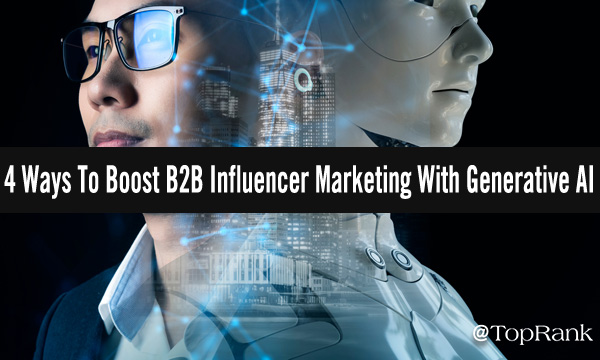
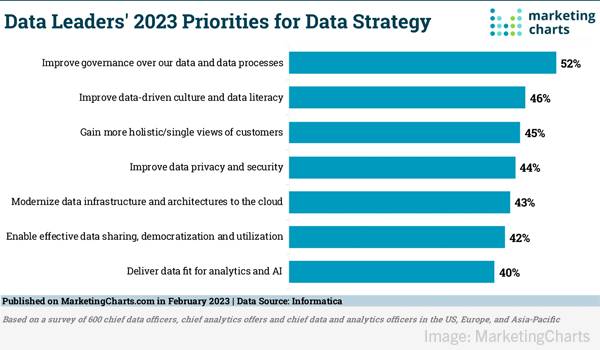
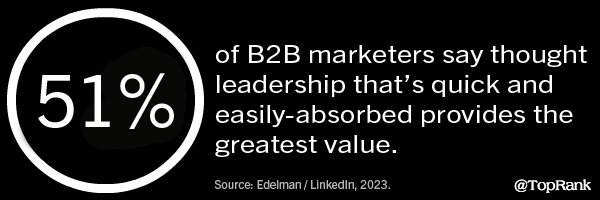 Microsoft Starts To Define How Advertising Works In Search And Bing Chat Queries Microsoft has outlined some of the ways that advertising will function within its AI-enhanced Bing search engine, with forthcoming options that will allow advertisers to customize elements of the tone that Bing's chatbot uses, among other options, Microsoft recently announced.
Microsoft Starts To Define How Advertising Works In Search And Bing Chat Queries Microsoft has outlined some of the ways that advertising will function within its AI-enhanced Bing search engine, with forthcoming options that will allow advertisers to customize elements of the tone that Bing's chatbot uses, among other options, Microsoft recently announced. 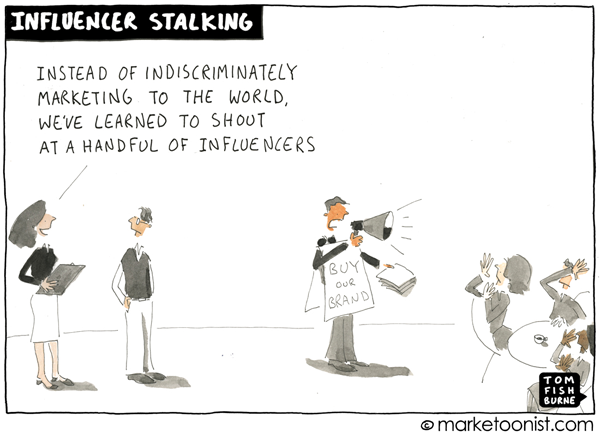 A lighthearted look at “influencer stalking” by Marketoonist Tom Fishburne —
A lighthearted look at “influencer stalking” by Marketoonist Tom Fishburne — 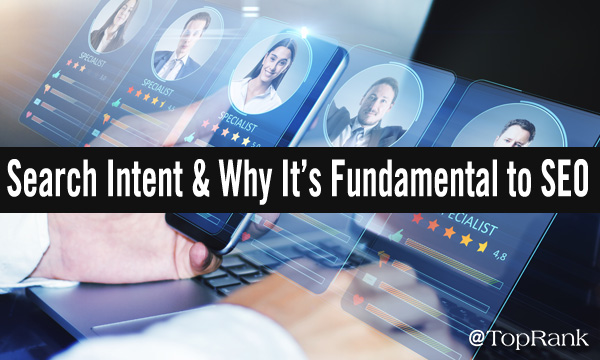

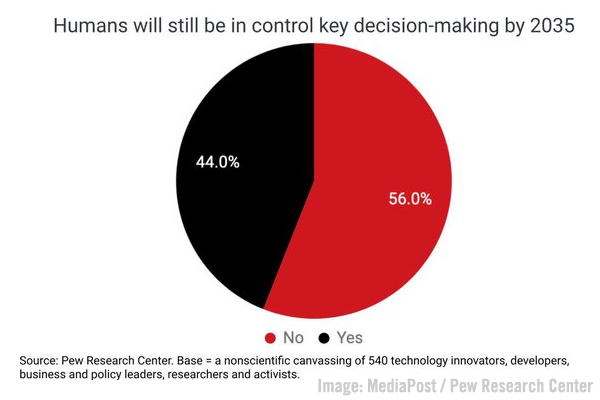
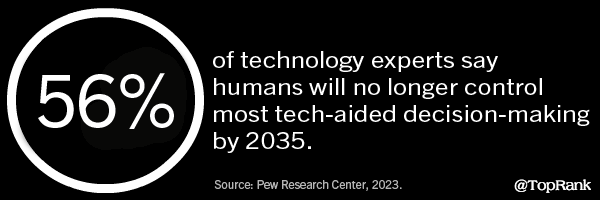 Google launches new Google Trends portal Search giant Google has rolled out a revised interface for Google Trends — its trend-surfacing utility for discovering how various search terms have changed in popularity over time — now including links to relevant news articles and more frequent trend data updates, among other additions, Google recently announced.
Google launches new Google Trends portal Search giant Google has rolled out a revised interface for Google Trends — its trend-surfacing utility for discovering how various search terms have changed in popularity over time — now including links to relevant news articles and more frequent trend data updates, among other additions, Google recently announced. 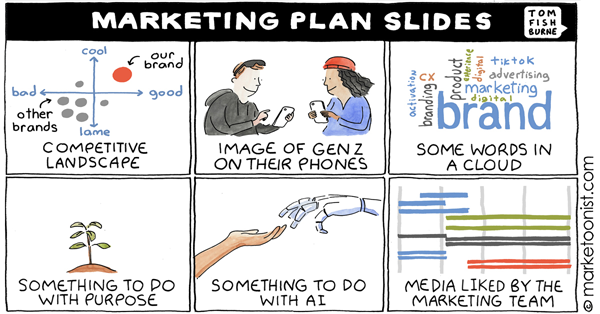 A lighthearted look at “Marketing Planning” by Marketoonist Tom Fishburne —
A lighthearted look at “Marketing Planning” by Marketoonist Tom Fishburne — 